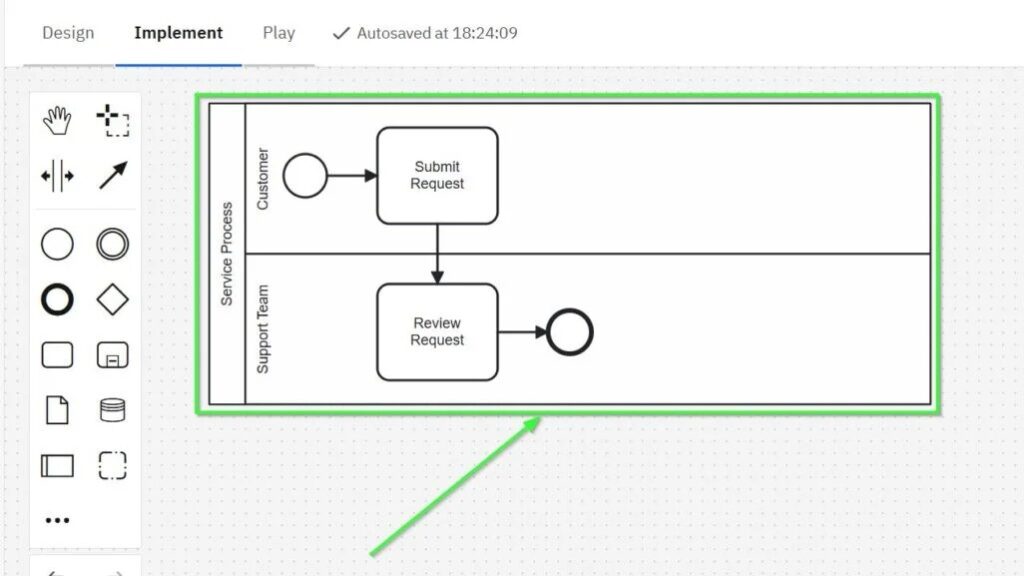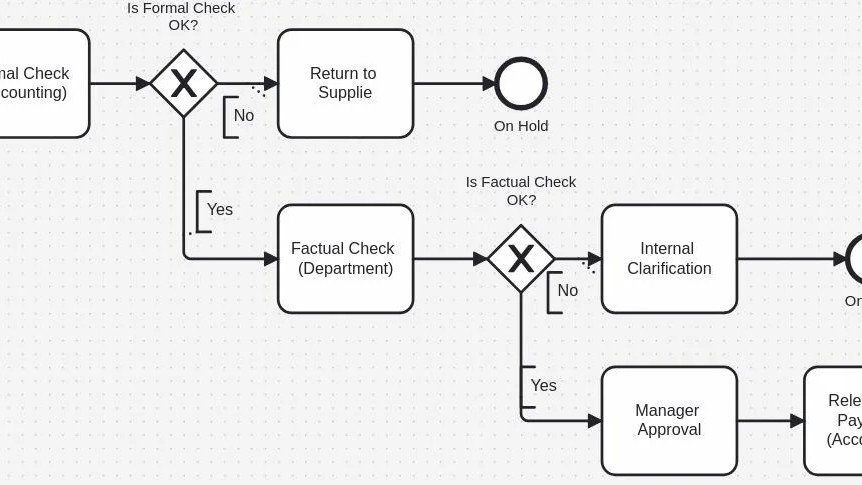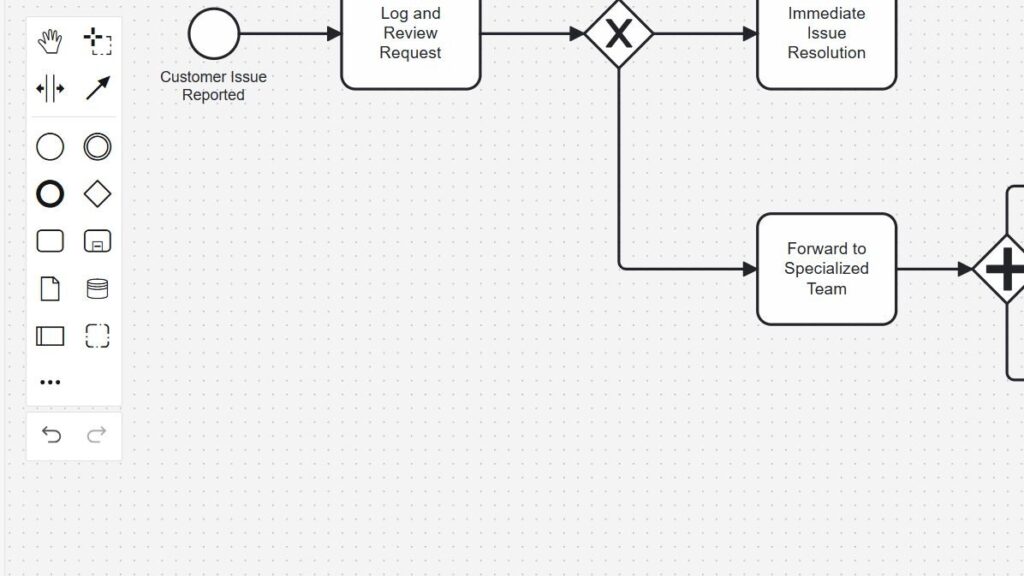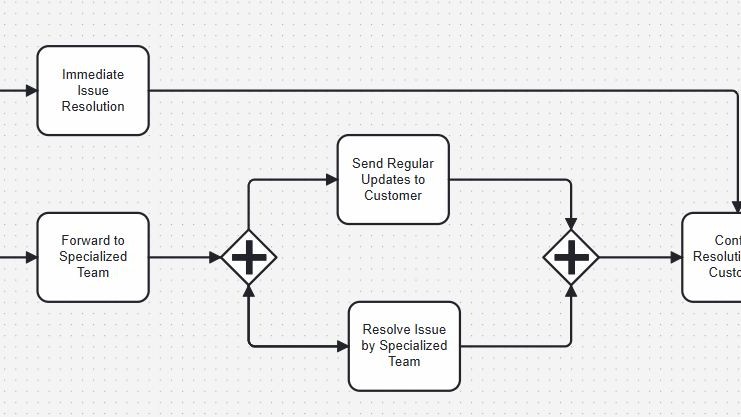Problem Management Process in ITIL Service Operation
ITIL Problem Management plays a key role in keeping IT services stable and reliable. In ITIL, a problem is the hidden cause behind one or more incidents. Often, the exact cause isn’t clear when the issue first appears. That’s why the process exists. It investigates deeply to find root causes and eliminate them. By doing so, ITIL Problem Management helps prevent recurring incidents and improves long-term service quality.
Problem Management Process in ITIL Service Operation Read More »



















